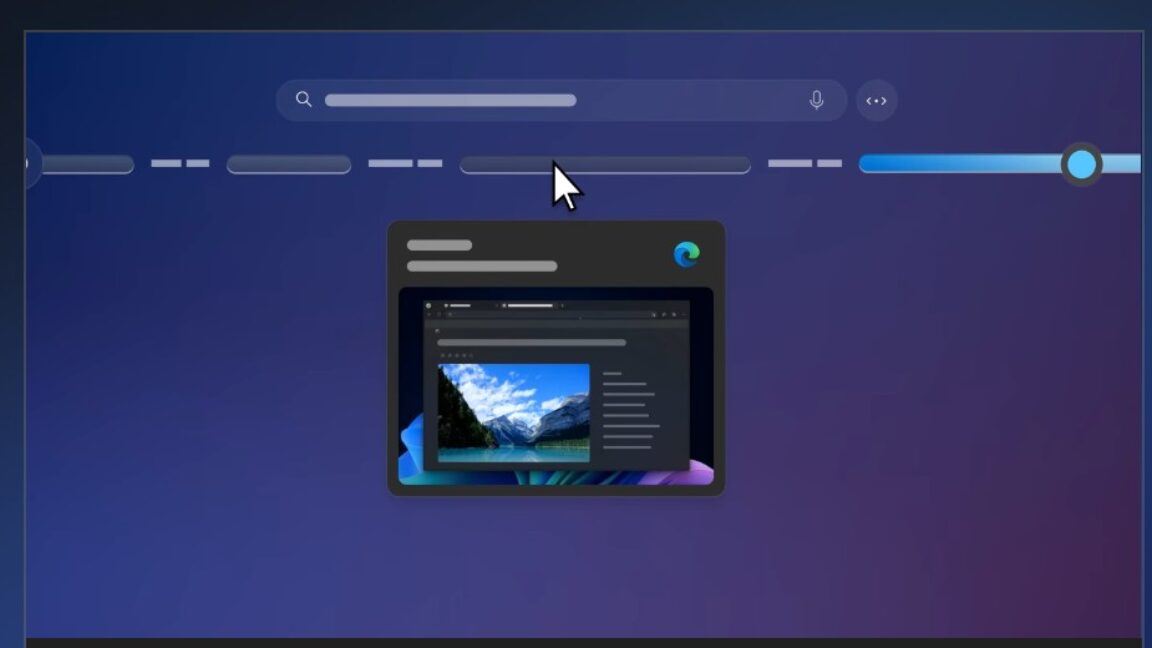Introduction to Edge AI Medical Devices
The next frontier for edge AI medical devices isn’t wearables or bedside monitors—it’s inside the human body itself. Cochlear’s newly launched Nucleus Nexa System represents the first cochlear implant capable of running machine learning algorithms while managing extreme power constraints, storing personalised data on-device, and receiving over-the-air firmware updates to improve its AI models over time.
The Technical Challenge
For AI practitioners, the technical challenge is staggering: build a decision-tree model that classifies five distinct auditory environments in real time, optimise it to run on a device with a minimal power budget that must last decades, and do it all while directly interfacing with human neural tissue.
Decision Trees Meet Ultra-Low Power Computing
At the core of the system’s intelligence lies SCAN 2, an environmental classifier that analyses incoming audio and categorises it as Speech, Speech in Noise, Noise, Music, or Quiet.
“These classifications are then input to a decision tree, which is a type of machine learning model,” explains Jan Janssen, Cochlear’s Global CTO. “This decision is used to adjust sound processing settings for that situation, which adapts the electrical signals sent to the implant.”
The model runs on the external sound processor, but here’s where it gets interesting: the implant itself participates in the intelligence through Dynamic Power Management. Data and power are interleaved between the processor and implant via an enhanced RF link, allowing the chipset to optimise power efficiency based on the ML model’s environmental classifications.
The Spatial Intelligence Layer
Beyond environmental classification, the system employs ForwardFocus, a spatial noise algorithm that uses inputs from two omnidirectional microphones to create target and noise spatial patterns. The algorithm assumes target signals originate from the front while noise comes from the sides or behind, then applies spatial filtering to attenuate background interference.
What makes this noteworthy from an AI perspective is the automation layer. ForwardFocus can operate autonomously, removing cognitive load from users navigating complex auditory scenes. The decision to activate spatial filtering happens algorithmically based on environmental analysis—no user intervention required.
Upgradeability: The Medical Device AI Paradigm Shift
Here’s the breakthrough that separates this from previous-generation implants: upgradeable firmware in the implanted device itself. Historically, once a cochlear implant was surgically placed, its capabilities were frozen. New signal processing algorithms, improved ML models, better noise reduction—none of it could benefit existing patients.
The Nucleus Nexa Implant changes that equation. Using Cochlear’s proprietary short-range RF link, audiologists can deliver firmware updates through the external processor to the implant. Security relies on physical constraints—the limited transmission range and low power output require proximity during updates—combined with protocol-level safeguards.
From Decision Trees to Deep Neural Networks
Cochlear’s current implementation uses decision tree models for environmental classification—a pragmatic choice given power constraints and interpretability requirements for medical devices. But Janssen outlined where the technology is headed: “Artificial intelligence through deep neural networks—a complex form of machine learning—in the future may provide further improvement in hearing in noisy situations.”
The company is also exploring AI applications beyond signal processing. “Cochlear is investigating the use of artificial intelligence and connectivity to automate routine check-ups and reduce lifetime care costs,” Janssen noted.
The Edge AI Constraint Problem
What makes this deployment fascinating from an ML engineering standpoint is the constraint stack:
- Power: The device must run for decades on minimal energy, with battery life measured in full days despite continuous audio processing and wireless transmission.
- Latency: Audio processing happens in real-time with imperceptible delay—users can’t tolerate lag between speech and neural stimulation.
- Safety: This is a life-critical medical device directly stimulating neural tissue. Model failures aren’t just inconvenient—they impact quality of life.
- Upgradeability: The implant must support model improvements over 40+ years without hardware replacement.
- Privacy: Health data processing happens on-device, with Cochlear applying rigorous de-identification before any data enters their Real-World Evidence program for model training across their 500,000+ patient dataset.
Beyond Bluetooth: The Connected Implant Future
Looking ahead, Cochlear is implementing Bluetooth LE Audio and Auracast broadcast audio capabilities—both requiring future firmware updates to the implant. These protocols offer better audio quality than traditional Bluetooth while reducing power consumption, but more importantly, they position the implant as a node in broader assistive listening networks.
Auracast broadcast audio allows direct connection to audio streams in public venues, airports, and gyms—transforming the implant from an isolated medical device into a connected edge AI medical device participating in ambient computing environments.
The Medical Device AI Blueprint
Cochlear’s deployment offers a blueprint for edge AI medical devices facing similar constraints: start with interpretable models like decision trees, optimise aggressively for power, build in upgradeability from day one, and architect for the 40-year horizon rather than the typical 2-3 year consumer device cycle.
As Janssen noted, the smart implant launching today “is actually the first step to an even smarter implant.” For an industry built on rapid iteration and continuous deployment, adapting to decade-long product lifecycles while maintaining AI advancement represents a fascinating engineering challenge.
Conclusion
The question isn’t whether AI will transform medical devices—Cochlear’s deployment proves it already has. The question is how quickly other manufacturers can solve the constraint problem and bring similarly intelligent systems to market.
For 546 million people with hearing loss in the Western Pacific Region alone, the pace of that innovation will determine whether AI in medicine remains a prototype story or becomes standard of care.
FAQs
- Q: What is the Nucleus Nexa System?
A: The Nucleus Nexa System is a cochlear implant capable of running machine learning algorithms while managing extreme power constraints, storing personalised data on-device, and receiving over-the-air firmware updates to improve its AI models over time. - Q: What is the technical challenge of building a decision-tree model for the Nucleus Nexa System?
A: The technical challenge is to build a decision-tree model that classifies five distinct auditory environments in real time, optimise it to run on a device with a minimal power budget that must last decades, and do it all while directly interfacing with human neural tissue. - Q: What is the future of edge AI medical devices?
A: The future of edge AI medical devices is to become more connected, autonomous, and intelligent, with the ability to learn and adapt to the user’s needs over time. - Q: How will AI transform medical devices?
A: AI will transform medical devices by enabling them to become more personalized, predictive, and preventive, leading to better patient outcomes and improved quality of life.











